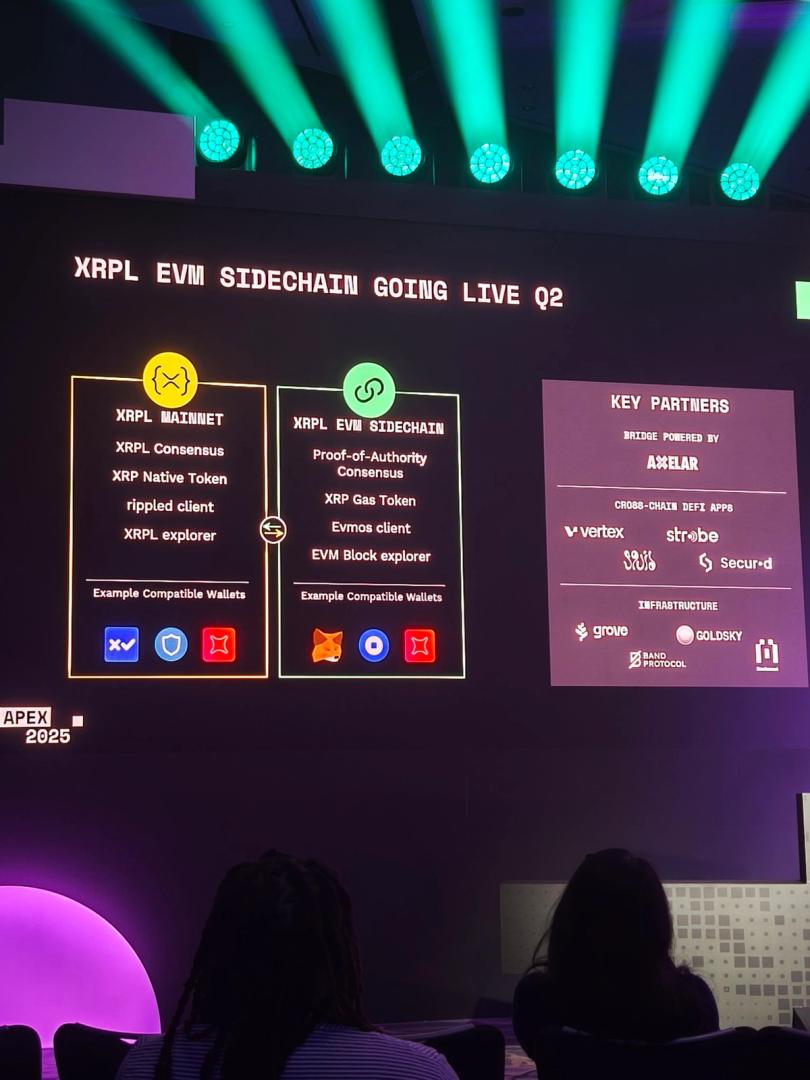
Artificial intelligence made big moves this year — as did the robots the technology is working behind.
From Silicon Valley to India, Boston to Japan, here are some of the autonomous machines and robotics technologies, powered by NVIDIA AI, that offered helping hands in 2024.
Clearbot Tidies Up Ocean Litter
Hong Kong- and India-based Clearbot, a member of the NVIDIA Inception program for cutting-edge startups, is making a splash with its autonomous trash-collection boats enabled by the NVIDIA Jetson platform for edge AI and robotics.

With plastic making up at least 85% of marine waste across the globe, Clearbot aims to remove waste from waterways before it gets into the seas.
The startup’s autonomous ocean vessels are equipped with two cameras — one for navigation and another for waste identification of what boats have scooped up.
Clearbot trained its garbage- and obstacle-identifying AI models using NVIDIA accelerated computing. The energy-efficient NVIDIA Jetson Xavier NX system-on-module allows the battery-powered water-cleaning boats to collect for eight hours at a time.
Figure Unveils Latest Humanoid Robot
Silicon Valley-based Figure introduced its Figure 02 conversational humanoid robot that taps into the NVIDIA Omniverse platform and accelerated computing for fully autonomous tasks.
New human-scale hands, six RGB cameras and perception AI models trained with synthetic data generated in the NVIDIA Isaac Sim robotics developer simulation platform enable Figure 02 to perform high-precision pick-and-place tasks required for smart manufacturing applications.
The company recently tested Figure 02 for data collection and use-case training at BMW Group’s Spartanburg, South Carolina, production line.

Figure is a part of NVIDIA Inception and among the initial members to join the NVIDIA Humanoid Robot Developer Program, which provides early access to advanced tools and computing technologies for humanoid robot development. This includes the latest releases of NVIDIA Isaac Sim, Isaac Lab, NIM microservices, OSMO, Jetson Thor and Project GR00T general-purpose humanoid foundation models.
ORBIT-Surgical Researchers Prep Robots for Surgery
The ORBIT-Surgical simulation framework — developed by researchers from the University of Toronto, UC Berkeley, ETH Zürich, Georgia Tech and NVIDIA — helps train robots that could augment the skills of surgical teams while reducing surgeons’ cognitive loads.
It supports more than a dozen maneuvers inspired by the training curriculum for minimally invasive surgeries.
Presented at this year’s ICRA robotics conference in Japan, the needle-moving robotics research — based on Isaac Sim and Omniverse — also introduced benchmarks for one-handed tasks such as picking up a piece of gauze, inserting a shunt into a blood vessel and lifting a suture needle to a specific position.
The benchmarks also include two-handed tasks, like passing a threaded needle through a ring pole.

Zordi Robots Grow Strawberries Indoors
Boston-based autonomous agriculture startup Zordi — with farms in southern New Jersey and western New York — is tapping into robotics to grow strawberries indoors.

Autonomous greenhouse systems can support regional markets across the globe, cutting down on the carbon footprint for transportation and providing fresher, better-tasting fruits grown more sustainably.
Zordi uses two types of robots within its operations. One is a scouting robot for gathering information on plant health using foundational models, the other a harvesting robot for delicately picking and placing fruits and handling other tasks.
The startup is exploring NVIDIA Jetson AGX Orin modules for gathering sensor data and running its AI models.
Cutting-edge companies weren’t the only ones to drive major robotics advancements this year. For example, high school and university students are developing robot guide dogs for the visually impaired and training robots to perform 1,000 household chores.
Learn more about the latest in generative AI and autonomous machines — including NVIDIA’s three-computer approach to robotics — by joining NVIDIA at CES, running Jan. 6-10 in Las Vegas.






